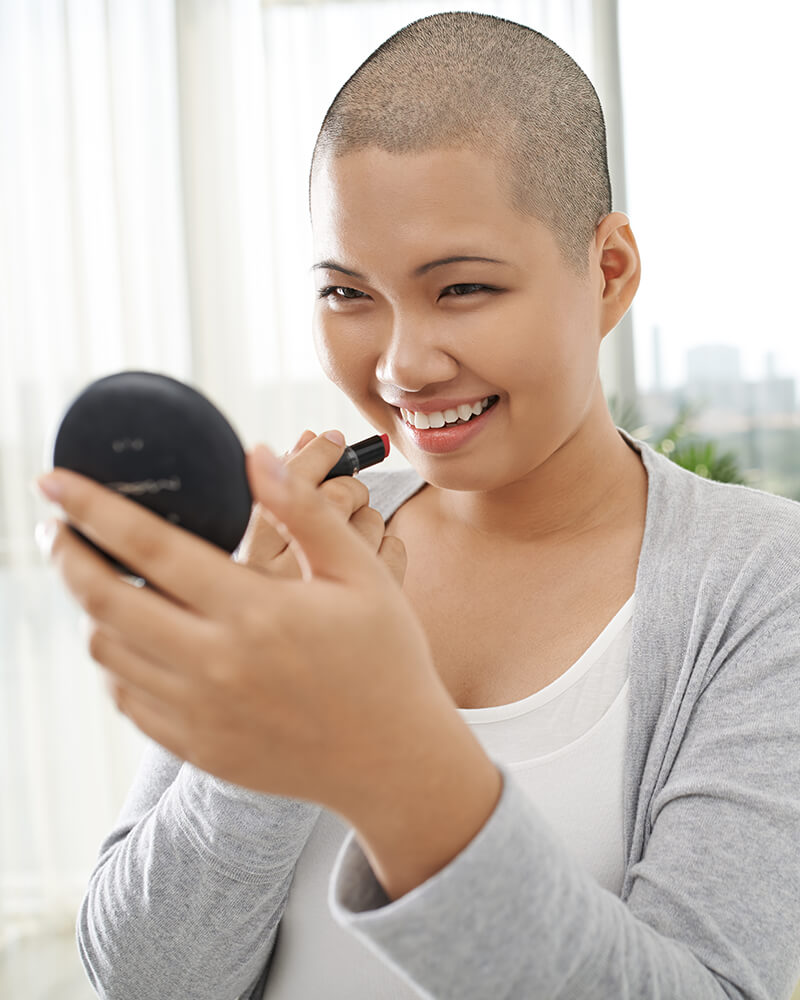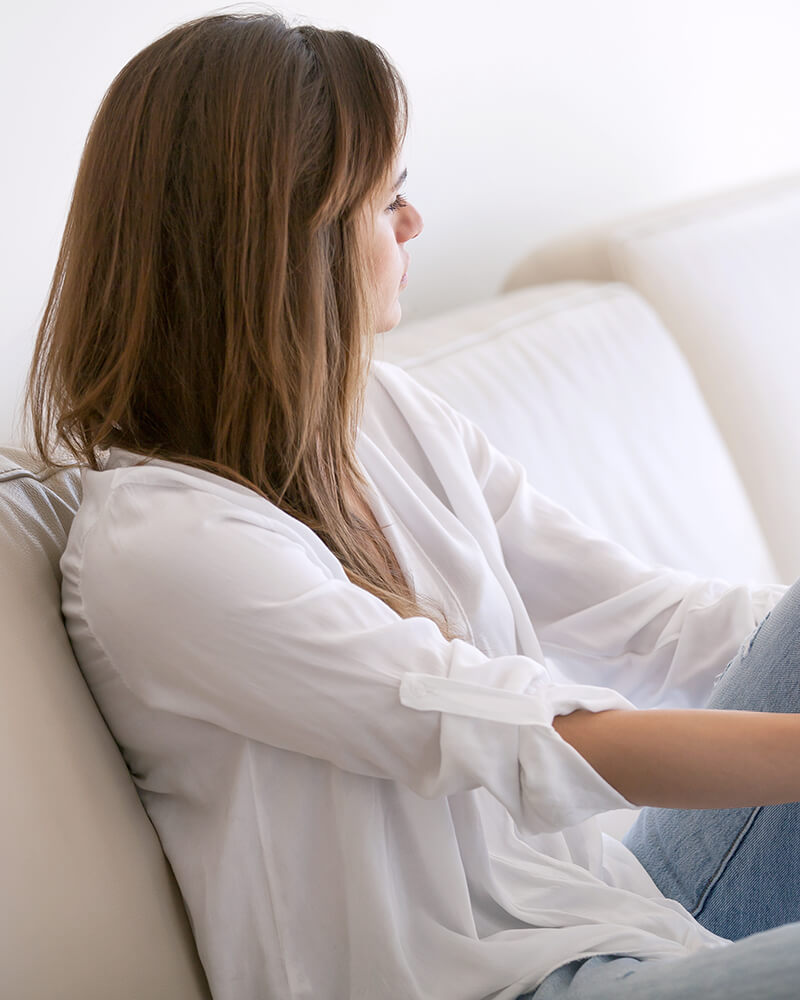
Pelvic pain
Love yourself. Love your pelvis.
Taking care of your pelvis isn’t just about squeezing out a few kegels when you remember and hoping for the best. Your pelvis is a beautiful and intricate structure made from bones, muscles, nerves and connective tissue.
And it has a pretty big job. It’s responsible for connecting your upper body to your lower body and supporting your uterus, bladder, intestines, colon and rectum (just to name a few important organs!). It really is the core that holds everything together and deserves to be treated well, as such.
Written by Emma McGeorge
Related Conditions
Want to learn more about related conditions? Follow the links below to gain a better understanding of the symptoms and treatments.
In case you didn’t know, your pelvis impacts almost every aspect of how your body moves and functions including critical stuff like using the bathroom, enjoying sex, keeping your balance and moving about.
When your pelvis is working as it should, you probably don’t give it a lot of thought. But when something goes wrong it’s impossible to ignore. Pelvic health issues can cause pain not just in the pelvic region but to a whole array of body parts, organs and tissues— all the way from your ribs to your knees.
And because the pelvis is so complex, getting a proper diagnosis and finding effective pelvic pain help is rarely straightforward.
If you’ve been there, we don’t need to tell you how frustrating it is to be in pain and feel like there’s very little you can do about it. And because the pain and symptoms are invisible on the outside, it can also be a terribly isolating and anxiety provoking experience.
But we want to help! We hope to provide you with choice and options to help you take control of your pelvic health. So you can work towards loving yourself, and loving your pelvis.
What causes pelvic health issues?
There are so many things that can cause pelvic health issues, including (but definitely not limited to):
- Infections
- Previous surgeries
- Childbirth
- Postural problems
- A seemingly small and insignificant fall, trip or other accident
- Nerve injuries
- Yeast infections (and other types of infections too)
- Genetics
- Muscle spasms
- Allergies or irritation to chemicals or other substances
- Hormonal changes
- History of sexual abuse
- Frequent antibiotic use
Pain is a strange beast, and because of the impact it has on your neural pathways, it can persist even after the cause of the pain has been cured. So you might continue to feel pain related to a trauma a long long time after it has occured.

Certain chronic pain conditions are also closely linked with pelvic pain, including:
- Vaginismus (or pelvic floor myalgia or levator myalgia)
- Dyspareunia (painful sex)
- Vulvodynia (vestibulodynia, vulvar vestibulitis syndrome and localized provoked vulvodynia)
- Endometriosis
- Pudendal neuralgia
- Interstitial cystitis (painful bladder syndrome)
- Pelvic congestion syndrome
Pelvic pain symptoms
Each of the conditions and causes above has its own unique symptoms, but speaking very generally, people with pelvic pain can experience:
- Burning, itching, stinging or raw sensations
- Aching, soreness or throbbing in the pelvic region, vagina or vulva
- Dry, thin and sensitive vaginal walls
- Pain during sex, tampon insertion or pelvic exams ranging from moderate to severe
- Extreme pain during menstruation
- Sensitivity to tight clothing, perfumes, laundry detergents and other materials
- Bowel and bladder dysfunction including incontinence
- Pain in the upper legs, abdomen, and bum or shooting pains to various other parts of the body
- Fatigue
- Pain with sitting or standing or both
- A whole host of psychological symptoms.
Pelvic pain help
We get it. If you’re experiencing pelvic issues of any kind it can all feel a bit hopeless.
With the right treatment and support you can tackle your symptoms and improve your pelvic health.
The road to recovery can take some time. And managing your individual situation often requires a multifaceted approach and the right team of professionals. Getting the right plan, treatment approach and team can take a bit of tweaking— patience and perseverance are essential.
There are also some things you can do to help yourself. We know you’ve heard all the advice before, but it bears repeating. Getting plenty of rest and sleep, maintaining movement and gentle exercise, reducing stress and investing in self care are all hugely important to managing pelvic pain (and pain of all kinds).
Here at The Pelvic Hub we’re committed to finding products that work to complement your treatment plan and support you to take care of your pelvis.
Has someone recommended vaginal dilator therapy for your pain?
If you have vaginismus, vaginal dilator therapy can help lessen muscle spasms, and help you learn how to control, and relax, your pelvic floor muscles. Vaginal dilators can also help you warm up to sex if you’re feeling apprehensive or need to prepare your tissues and muscles.
Intimate Rose Dilators are specially made from resilient silicone rubber to have a comfortable, natural texture. And they can be chilled to ease pain or warmed for extra comfort. They’re also thoughtfully made, designed by a physical therapist who specializes in pelvic health.
Is your vagina dry or grippy or do you have pain during sex?
Using an intimate wearable that allows you to control the depth of penetration during sex can help you manage, or even eliminate, pain. The Ohnut is designed to feel just like skin. It’s so comfortable (like a gentle hug) you and your partner will barely notice it’s there. And because you no longer have to worry about whether penetration will hurt, the Ohnut allows both you and your partner to focus on what matters most, connection, enjoyment and fun.
We have lubricants and moisturizers to get things working again. They’re natural, nourishing and made from the highest quality ingredients to help you feel good about taking care of your body after all it’s been through.
Are you experiencing burning, itching, stinging or pain?
Our TendHer reusable perineal cooling pads are perfect for cooling the most sensitive and delicate area of a woman’s body. Comfortable, cooling and discreet. No-one will know you are wearing it— it can be our little secret. Bonus! You can also use TendHer pads warm to bring soothing comfort to your abdomen on crampy days.
Are you aching, throbbing or experiencing dull pain in your pelvis or abdomen?
The EndoFEMM® Pad is designed to wrap your aching pelvis with a cozy hug and can be used either chilled or warm to ease pelvic and abdominal pain or overall body aches and pains. And you can reverse it to ease shoulder, neck, lower back and tailbone pain.
Is your pain exacerbated by sitting?
The foldable travel pelvic cushion and the deluxe foldable travel pelvic cushion are specifically designed to take the pressure off your pelvic floor region, helping you sit a little more comfortably. And it’s discreet and foldable, so you can take it with you wherever you go.
Do you wee a little when you sneeze, laugh or run? Do you feel heaviness in your vagina?
These symptoms are not normal, but they are treatable. Your first step is to get an assessment from a pelvic health specialist who can give you advice on the right treatment. You don’t want to go too hard too soon and risk further problems. Once you’ve had your assessment, a kegel trainer can help strengthen your pelvic muscles to improve your continence, tone your pelvic floor and maybe even give you better orgasms.
To fully regain control of your pelvic health you need to have the awareness and ability to both contract and relax your pelvic floor. There are a variety of ways you can use Kegel exercises to help strengthen your pelvic floor and give you back flexibility and freedom.
Pelvic pain can be both frustrating and discouraging, but don’t give up on finding help to alleviate symptoms, gain strength back, and rediscover life with a healthy pelvic floor.
Related Products
-
 Sale
Sale -

-
 Sale
Sale -
 Sale
Sale -
 Sale
Sale -

-

-
 Sale
Sale -
 Sale
Sale -















